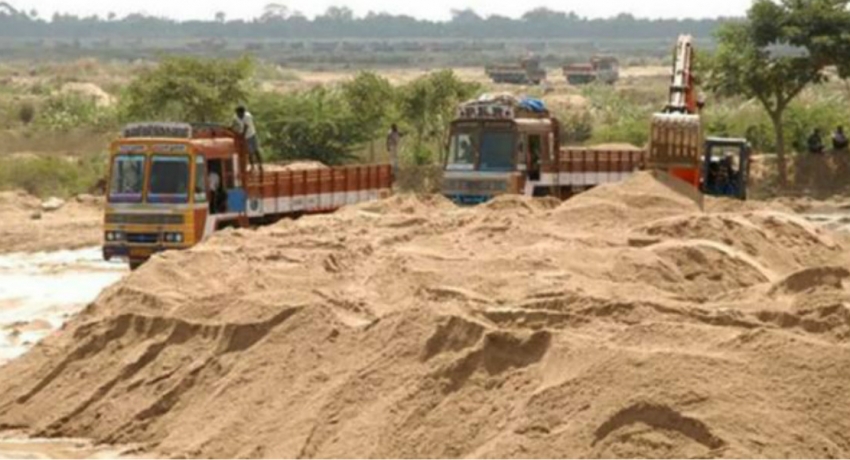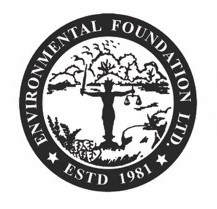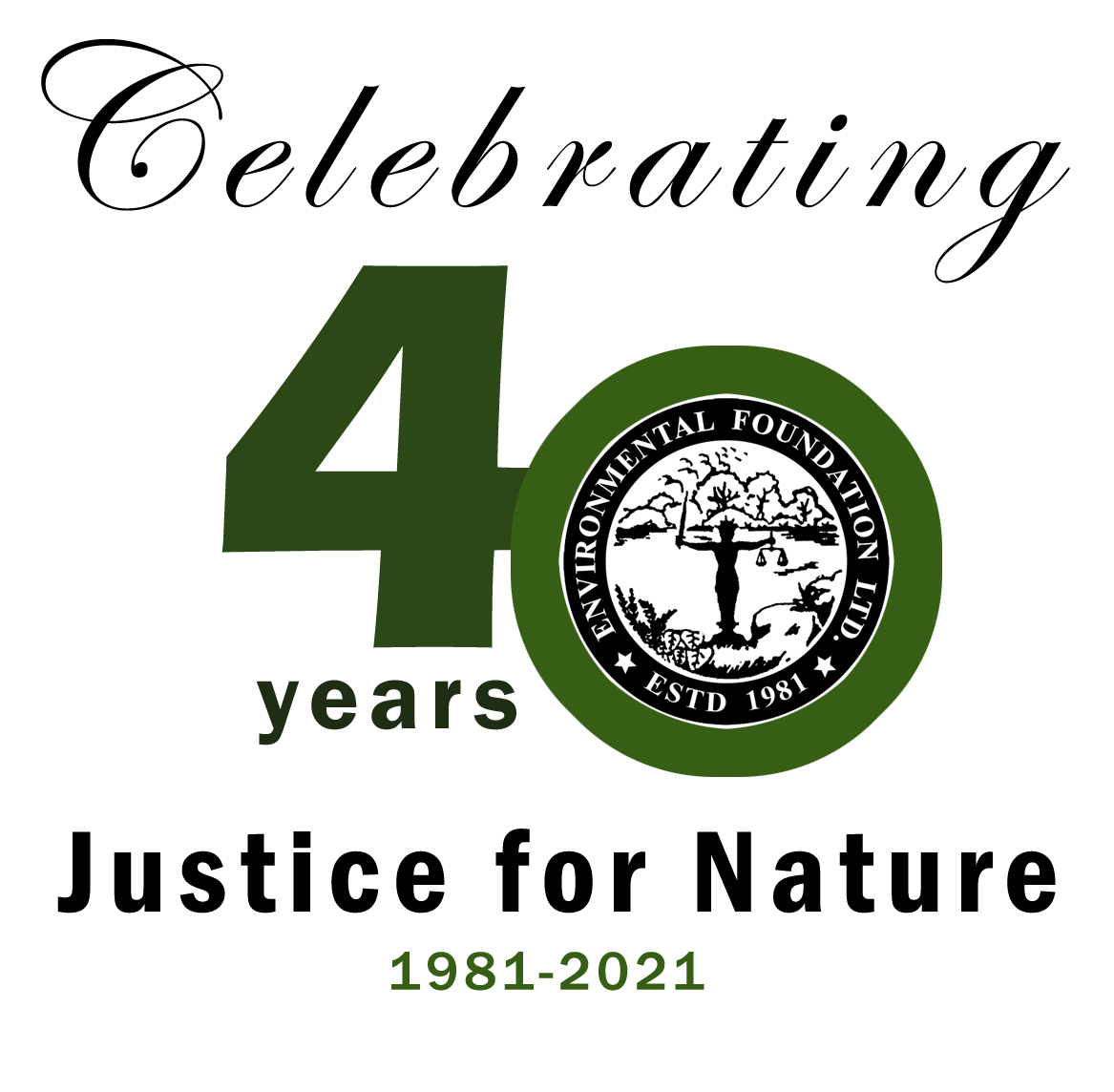
Image Credits: newsfirst.lk
Cover Image Credits: Daily Mirror
Sri Lanka is a country blessed with abundant of natural resources that are necessary for various industries. As Sri Lanka is economically developing and cities are growing, the persistent demand in the construction industries for minerals such as sand, soil, gravel, clay and graphite is rising with each passing second.
The Legal Framework on Granting Mining License
Geological Survey and Mines Bureau (GSMB) is the government agency empowered to regulate exploration and mining for minerals, processing, transporting, storing, trading in and export of such minerals, by the issue of licenses. The power of GSMB to issue license is not absolute and shall be done subject to the restrictions and conditions laid down in the provisions of the Act and regulations.
The Mines and Minerals Act also contains provisions that emphasize protection and conservation of the environment in the process of mining of minerals. According to the Section 61 of the Act a license holder can only carry out the authorized mining activities in compliance with standards and procedures as are prescribed by the National Environment Act, No. 47 of 1980. And also a holder of a license is legally obliged to restore and rehabilitate the land on which such exploration or mining had been carried out.
This ensures that environmental concerns are considered in the decision making process related to mines and minerals, to ensure sustainable exploration, extraction, transportation and trade of minerals.
Removal of transport permit and dispensing with the environmental recommendations
Since December 2019, there were a series of decisions made by the Cabinet and the GSMB, that have blatantly disregarded the laws of the country and essential prerequisites that need to be considered in the issuance of license/permits for mines and minerals.
Since December 2019, there were a series of decisions made by the Cabinet and the GSMB, that have blatantly disregarded the laws of the country and essential prerequisites that need to be considered in the issuance of license/permits for mines and minerals.
- On the 04th of December 2019 the newly appointed Cabinet of Ministers by way of a Cabinet Decision, removed the existing requirement on obtaining permits for the transportation of sand, soil and clay. According to the Cabinet, the underlying purpose was to facilitate the local and construction industries in securing necessary materials and the reduction of prices. However, this decision violates the laws of the country and neglects the duty of the Cabinet to give due consideration to the protection and promotion of the environment as set out in the Constitution.
- And on the 18th of December 2019 the Cabinet approved the proposal to amend the Section 28 and 30 of the Mines and Minerals Act citing the need to simplify the existing procedure for issuance of mining licenses in order to facilitate the industrialists.
- Subsequently, Circular No. 173/12/2019 dated 31.12.2019 was issued by the Director General of GSMB to amend the permits/licenses issuing procedure on the ground that there is a delay in issuing permits/licenses to applicants. The said Circular No. 173/12/2019 repealed the Circular No.118/05/2015 which mandated the obtaining of Environmental Clearances from the Central Environmental Authority (CEA) in the permit/licenses issuing procedure of the GSMB.
In terms of the said Circular No. 173/12/2019, GSMB can issue mining permits/licenses to applicants who have not compiled with environmental recommendations of the Central Environmental Authority.
Immediate aftermath
Although the aforesaid measures were welcomed by the construction industry stating the unnecessary delays and corruption prevailed in the previous system, environmentalists and public across Sri Lanka raised their concerns over illegal mining that has accelerated as a result of the shortsighted decisions of the government.
Several instances of public outcry regarding illegal and unregulated mining were reported all around the country. The residents in affected areas claimed that mining for river sand, soil, clay, gravel and graphite has accelerated due to the removal of transport permits and raised their concerns about the negative impacts of mining on the environment and livelihood.
Possible impacts
It is evident that the removal of transport permits and the dispensing from the requirement to obtain environmental recommendations from the CEA can result in environmental, social and economic problems linked to the livelihoods of people, agriculture, health and land.
Possible Impacts on the environment are as follows,
- River sand mining can alter the river beds, movement of water and sediment.
- Degradation of the river bed, erosion of the banks and encroachment of the river buffer zone.
- Increase the salinity of river waters.
- River sand mining can result in insufficient sand to form shoreline and beaches.
- River sand mining can cause sea erosion.
- Destruction of habitats and ecosystems.
- Loss of bio-diversity.
- Loss of riparian lands.
- Cause soil erosion.
- Depletion of coastal sand barriers and beaches that provide important protection against sea surges and tsunamis.
Social and economic impacts linked to the livelihoods of people, agriculture, health and land are as follows,
- Impacts on water.
- Impact on water security (further magnified by rises in sea-level and climate change).
- Decrease groundwater levels.
- Deterioration of water quality.
- Salinization
- As a result of the salinization, cost involved in filtering and purification of drinking water will rise at enormous cost to the public.
- Impacts on land.
- Land degradation.
- Loss of riparian lands.
- Impacts on agriculture.
- Salinity intrusion causing impacts on agriculture and food security.
- Draughts and flooding.
- Impacts on the infrastructure.
- Increases in flow velocity cause river banks to erode more quickly and can degrade land quality and damage nearby infrastructure, such as bridges and roads.
- Damage to infrastructure such as rural roads and culverts, national highways, bridges and piers by heavy sand/soil/gravel/graphite-laden trucks.
- Health impacts.
- Increase in health issues arising from dust and heavy traffic, and increase in vector-borne diseases where heavy mining occurs.
- Increase of diseases due to water pollution and deterioration of water quality.
Way forward
Natural resources such as sand, soil, clay, gravel and graphite that are finite need to be extracted in a manner that does not compromise the needs of the future generations. The laws and regulations in respect of mining need to be strengthened by the implementation of more stringent measures and not by the liberalization of the existing regulations.
The removal of transport permits and the dispensing from the requirement to obtain environmental recommendations from the CEA in order to expedite the mining permit issuing process is clearly short-sighted and irrational since there are other environmentally friendly alternatives that should have considered by the government in order to expedite the permit issuance process such as simplifying the issuance process, digitalization of the issuance process etc.
The shortsighted measures taken by the government and the GSMB undermine the laws of the country and disregard the protection and conservation of the environment. The government and the GSMB being the trustees of natural resources of Sri Lanka should act more responsibly and should utilize the natural resource in a sustainable manner that does not compromise the needs of the future generations. Therefore, any decision taken by the government in furtherance of development and economic progress of Sri Lanka shall give due consideration for sustainable development.
As stated by Hon. Justice Shiranee Thilakawardena in the case Watte Gedera Wijebanda v Conservator General of Forests and Others [2009 1 SLR 337 at p. 362 ],
“The power of the state and public servants to grant or refuse licenses and take suitable action for the protection and conservation of both the environment and natural resources is derived from its status as a public trustee. In this capacity state officials have a paramount duty to serve as a safeguard against private and commercial exploitation of common property resources, and the degeneration of the environment due to private acts. The principle of inter-generational equity and the long-term sustainability of our delicate eco-system and biological diversity vests mainly in the hands of such officials”.
– By Chamindri Liyanage –






No comments yet.